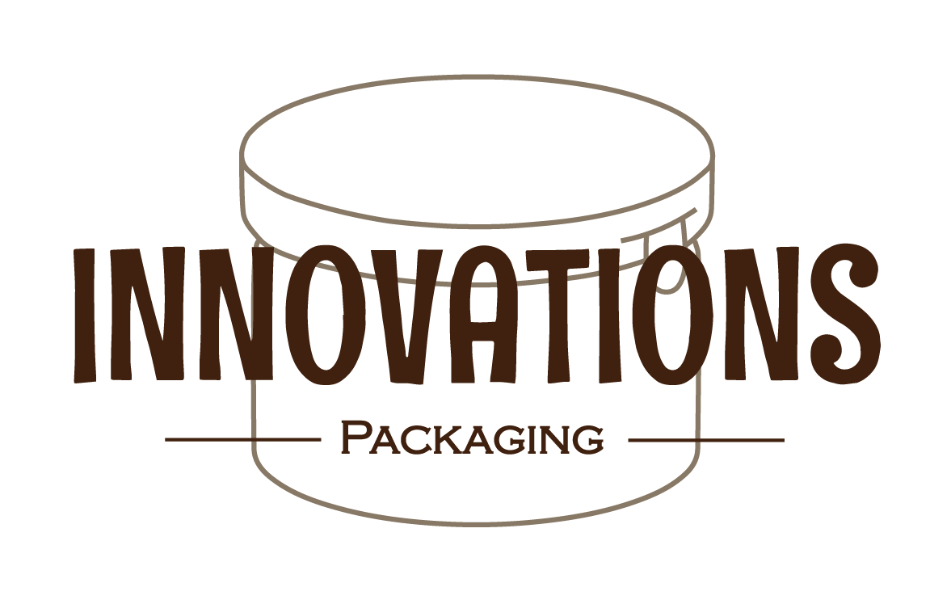PLA film
2022-09-30 | Biodegradable

Polylactic acid (PLA) is a new biodegradable material made from starch as raw material proposed from renewable plant resources such as corn. The starch raw material is saccharified to obtain glucose, and then the glucose and certain strains are fermented to produce high-purity lactic acid, and then chemical synthesis method is used to synthesize polylactic acid with a certain molecular weight. It has good biodegradability, and can be completely degraded by microorganisms in nature after use, and finally generates carbon dioxide and water, which does not pollute the environment , which is very beneficial to protect the environment and is recognized as an environmentally friendly material.
Usage:
In the packaging industry can use at paper bags, Boxes, cards, food packaging, etc. Innovations Packaging manufacturer have mature manufacturing technology produce with PLA film.
Also disposable items
Polylactic acid is absolutely harmless to the human body, so that polylactic acid has unique advantages in the field of disposable tableware, food packaging materials and other disposable products. Its complete biodegradation also meets the high environmental protection requirements of countries around the world, especially the European Union, the United States and Japan. However, the disposable tableware processed with polylactic acid raw materials has defects such as temperature resistance and oil resistance. As a result, its function is greatly reduced, and the tableware is deformed and the material becomes brittle during transportation, resulting in a large number of defective products. However, after technological development, there are PLA modified materials on the market, which can effectively overcome the shortcomings of the original particles, and some even have a heat-resistant temperature of over 120 °C, which can be used as materials for microwave ovens.

